Does Eating Fried Steak Cause Internal Heat? A Comprehensive Analysis of Dietary Habits and Traditional Chinese Medicine Perspectives**
The question of whether consuming fried steak leads to “internal heat,” a concept rooted in Traditional Chinese Medicine (TCM), has sparked debates among health enthusiasts, foodies, and medical professionals alike. In TCM, “internal heat” (often referred to as “shanghuo” or 上火) describes a state of imbalance characterized by symptoms like dry mouth, sore throat, constipation, acne, and irritability. While modern nutrition focuses on calories, macronutrients, and biochemical processes, TCM emphasizes the energetic properties of food and their impact on the body’s harmony. This article explores the relationship between fried steak consumption and internal heat, blending cultural wisdom with contemporary scientific insights to provide a balanced perspective.
The Traditional Chinese Medicine Perspective
In TCM, every food is classified by its thermal nature—whether it is “heating,” “cooling,” or “neutral.” Beef, particularly red meat like steak, is considered inherently “heating” due to its dense protein and fat content, which TCM theorizes generate warmth and energy during digestion. Frying, a cooking method that involves high heat and oil, amplifies this effect. According to TCM principles, excessive consumption of heating foods can disrupt the body’s yin-yang balance, leading to internal heat accumulation.
Key TCM Concepts Related to Fried Steak
- Thermal Nature of Beef: Beef is believed to strengthen the spleen and stomach in TCM, but overconsumption may overstimulate these organs, leading to “stagnation” and heat.
- Impact of Frying: High-heat cooking methods like frying are thought to introduce “dryness” and “fire” into the body, exacerbating symptoms of internal heat.
- Seasonings and Spices: Many fried steak recipes use garlic, black pepper, or chili flakes—spices classified as “heating” in TCM. These ingredients further contribute to the dish’s potential to induce imbalance.
Symptoms of Internal Heat
Individuals experiencing internal heat may report:
- Dry skin or lips
- Bad breath
- Insomnia or restlessness
- Dark urine
- Inflammation (e.g., acne, gum swelling)
TCM practitioners often recommend avoiding fried, greasy, or spicy foods during bouts of internal heat, instead advocating for cooling foods like cucumber, mint, or watermelon.

Nutritional Science and Fried Steak: A Modern Analysis
While TCM offers a holistic framework, modern nutrition provides empirical insights into how fried steak affects the body.
Macronutrient Composition
A typical 8-ounce (227g) fried steak contains approximately:
- Calories: 500–600 kcal
- Protein: 50–60g
- Fat: 30–40g (saturated and trans fats from cooking oil)
- Cholesterol: 150–200mg
Implications:
- Saturated Fat: High intake is linked to inflammation, a key driver of chronic diseases like heart disease and arthritis. Inflammation mirrors some symptoms of internal heat, such as redness and swelling.
- Protein Digestion: While essential for muscle repair, excessive protein can strain the liver and kidneys, potentially contributing to metabolic stress.
Cooking Method: Frying
Frying involves submerging food in oil at temperatures exceeding 350°F (177°C). This process:
- Increases Caloric Density: Absorbed oil adds empty calories.
- Forms Harmful Compounds: High heat generates advanced glycation end products (AGEs) and acrylamide, linked to oxidative stress and cancer risk.
- Reduces Nutrient Bioavailability: Prolonged frying may degrade heat-sensitive vitamins like B-complex and C.
Spices and Additives
Garlic and black pepper, common in steak marinades, contain compounds like allicin and piperine. While these offer antimicrobial and anti-inflammatory benefits in moderation, excessive intake may irritate the gastrointestinal tract, mimicking TCM’s “heat” symptoms.

Individual Variability: Why Some People Are More Affected
Not everyone experiences internal heat after eating fried steak. Factors influencing susceptibility include:
Constitutional Type (TCM)
- Yang Excess: Individuals with naturally robust yang energy may be more prone to heat symptoms.
- Yin Deficiency: Those lacking cooling yin fluids (e.g., menopausal women) may experience heightened reactions.
Genetic and Metabolic Differences
- Enzyme Activity: Variations in liver enzymes (e.g., CYP450) affect fat metabolism and detoxification.
- Gut Microbiome: Diverse microbiota may mitigate inflammation from fried foods.
Lifestyle Factors
- Hydration: Dehydration amplifies heat symptoms.
- Stress: Chronic stress elevates cortisol, exacerbating inflammation.
- Physical Activity: Sedentary lifestyles reduce metabolic flexibility, impairing the body’s ability to process rich foods.
Scientific Studies Linking Red Meat to Health Issues
While modern research doesn’t use the term “internal heat,” studies correlate red meat consumption with:
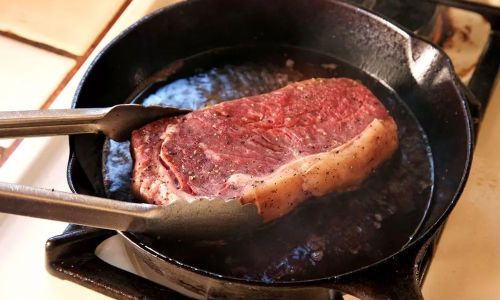
- Colorectal Cancer: The World Health Organization classifies processed red meat as a Group 1 carcinogen.
- Cardiovascular Disease: Saturated fats raise LDL (“bad”) cholesterol.
- Oxidative Stress: High iron content in red meat promotes free radical production.
Mitigating Strategies: Balancing Indulgence with Wellness
For steak lovers, adopting mindful practices can reduce adverse effects:
Cooking Techniques
- Grilling vs. Frying: Grilling reduces oil absorption and allows fat to drip away.
- Marinades: Use acidic ingredients (lemon juice, vinegar) to tenderize meat and reduce AGE formation.
Portion Control
Limit intake to 3–4 ounces (85–113g) per serving, paired with fiber-rich vegetables to slow digestion.
Pairing with Cooling Foods
Incorporate TCM-recommended “cooling” ingredients:
- Cucumber Salad: Hydrates and clears heat.
- Mung Bean Soup: Detoxifies and reduces inflammation.
- Green Tea: Rich in antioxidants to counteract oxidative stress.
Hydration and Herbal Support

- Water Intake: Aim for 8–10 glasses daily to flush toxins.
- Herbal Teas: Chrysanthemum, honeysuckle, or mint tea can alleviate heat symptoms.
Listening to Your Body
Pay attention to post-meal symptoms. Frequent bloating, fatigue, or skin issues may indicate a need for dietary adjustment.
Cultural and Social Dimensions
Fried steak’s association with celebration and indulgence complicates the debate. In many Western cultures, a perfectly seared steak symbolizes luxury and reward. Balancing cultural enjoyment with health requires nuance—occasional consumption is unlikely to harm most individuals, but habitual intake may pose risks.
Conclusion: Harmonizing Tradition and Modernity
The question of whether fried steak causes internal heat reflects broader tensions between traditional wisdom and scientific reductionism. While TCM offers a framework for understanding energetic imbalances, modern nutrition provides measurable insights into inflammation, oxidative stress, and chronic disease.
For those prone to internal heat symptoms, moderation is key. Pairing fried steak with fiber-rich vegetables, staying hydrated, and incorporating cooling foods can mitigate its effects. Meanwhile, individuals with robust digestion and balanced constitutions may enjoy steak without adverse reactions.
Ultimately, health is a personalized journey. By integrating TCM’s holistic insights with evidence-based nutrition, individuals can savor life’s pleasures while nurturing long-term well-being. Whether you view fried steak as a source of vitality or a potential disruptor, the answer lies in balance—a principle as timeless as the debate itself.


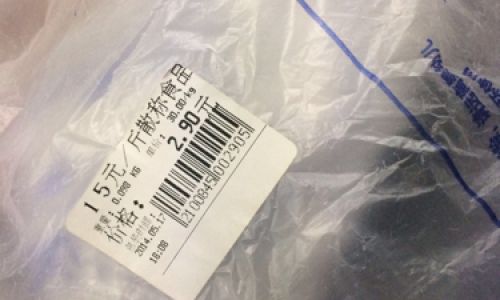
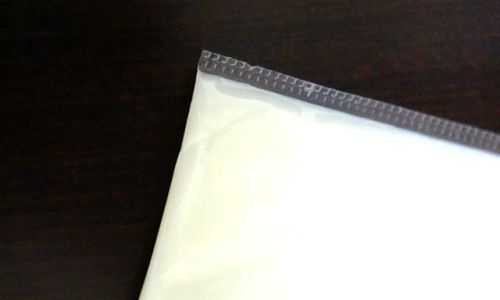
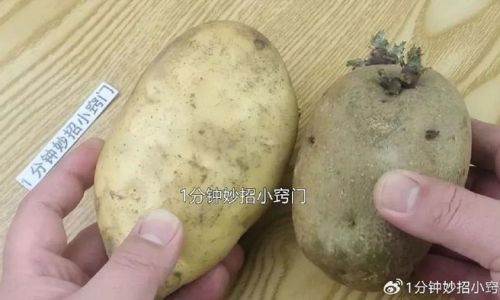
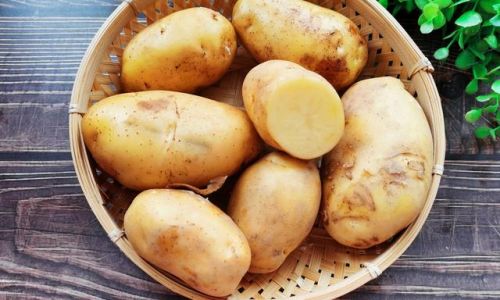
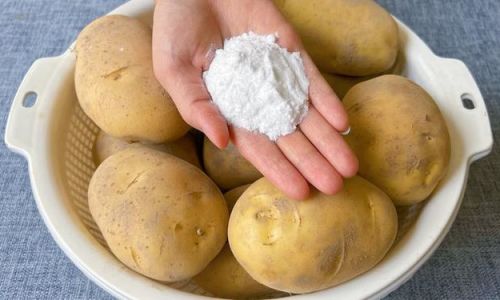
0 comments